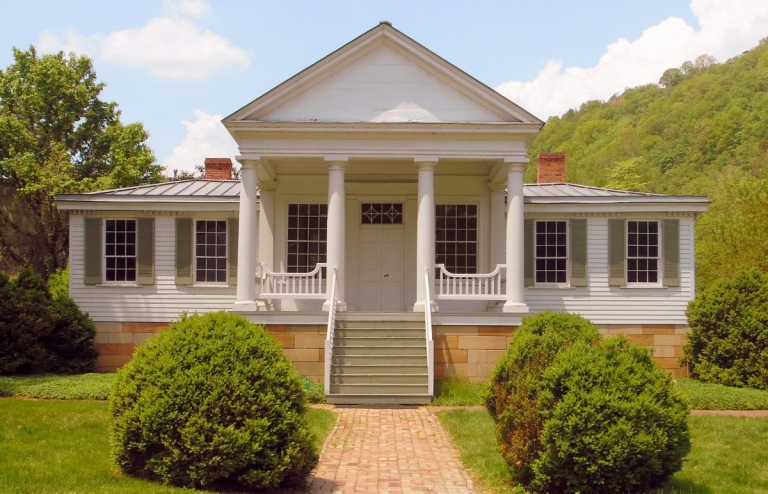
CHARLESTON, W.Va. — Until 1834, nearly every residence in the Kanawha Valley near present-day Charleston was built of hewn timbers. Then along came James Craik, whose Greek Revival home, counted among the state's best examples of Greek Revival architecture, still stands.
Now a museum, an afternoon at the residence, "Elm Grove," also known as the Craik-Patton House, is sure to impart a deeper understanding of the growth of this remarkable city tucked into a scenic Appalachian valley.
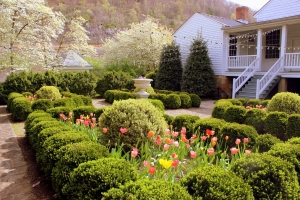
Historian James E. Harding wrote of the residence in 1975 that it captured the sober attitude of valley residents before the Civil War, eschewing the elaborate in favor of the moderate.
"The Craik-Patton House at Charleston is one of the best remaining examples of Greek Revival architecture in West Virginia," Harding wrote in nominating the property to the National Register of Historic Places.
"Though it bears all the hallmarks of the style as it developed in the U.S., its classical elements were imagined with the restraint typical of pre-war western Virginia, hardened somewhat by local interpretation."
The grandson of George Washington's family physician and the son of one of Washington's secretaries, Craik was among the first aristocrats. However, soon after building the house, he became an Episcopal clergyman and moved to Louisville, Ky.
He sold the home to George Smith Patton, Sr., a Confederate colonel and the grandfather of General George Smith Patton, Jr.
The elder Patton commanded troops at the battles of Scary Creek, Lewisburg, Fayetteville, Droop Mountain, and White Sulphur Springs before falling at Winchester in 1864.
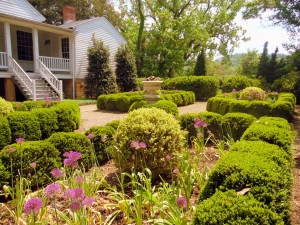
Like all Greek Revival residences, "Elm Grove," as it was later known, drew on classical antecedents en vogue in the late 18th and early 19th centuries. It was adorned at the front with a front-facing gable atop a projecting portico supported by four massive columns, suggesting the form of a classical temple.
In 1973, the residence was rescued from demolition after a campaign led by the National Society of Colonial Dames in America and was moved from downtown Charleston to its present location along the Kanawha River at 2809 Kanawha Blvd., East, in Daniel Boone Park.
The city recently extended a recreational thoroughfare along U.S. 60 from the East End near the state capitol to Elm Grove and Daniel Boone Park.
The house is open for free tours Monday through Friday from 10 a.m. until 4 p.m., though it is closed for lunch at noon. The museum is open on the weekend only by appointment and is closed on major holidays. We suggest calling ahead before visiting, as weather, staff schedules, and other appointments could alter public hours.
For more information, visit CraikRattonHouse.org/ or call 304-925-5341.

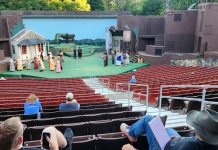
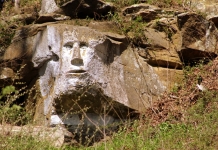


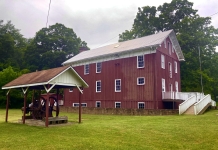
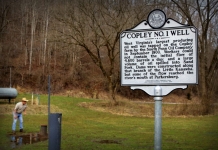
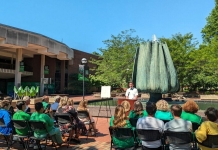
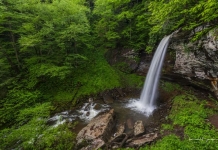

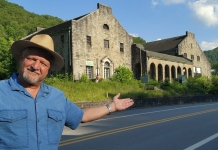


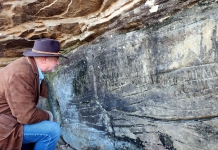
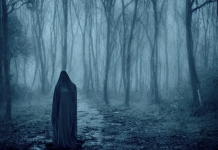
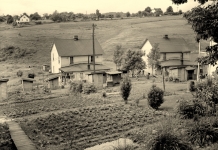
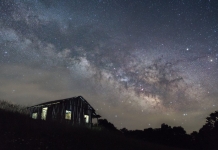




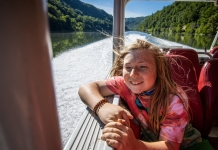
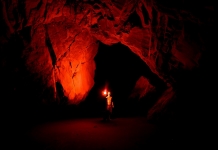
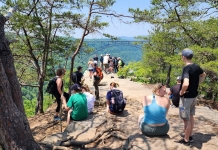





Facebook Comments